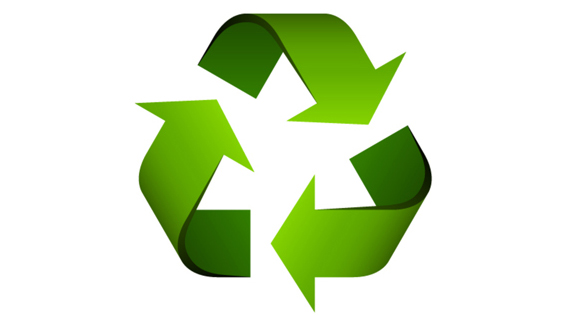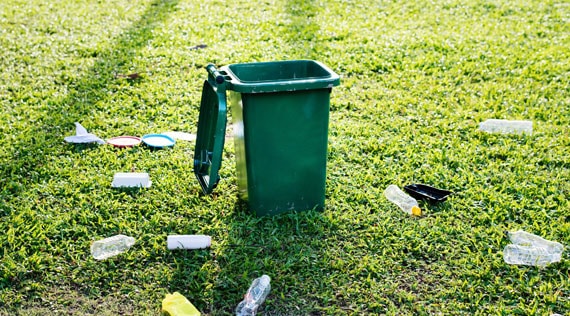RecyclingMonster - Several tons of used oyster shells bask in the March sunshine in an empty lot on the east side of Wilmington. The shells are separated into two piles. In one are shells that are dry and have been completely picked clean of oyster bits. The other, more recently deposited pile has a fishy aroma that’s quite pungent.
“It gets pretty potent, it really does,” said Ken Williamson, with the Partnership for the Delaware Estuary.
It’s Williamson’s job to collect the shells from local seafood markets and spread them out to be dried. It’s a job that gets more difficult as the weather gets warmer. More people are eating oysters then, and that weighs down the Rubbermaid barrels quite a bit.
“The winter, especially January and February, they get a little bit lighter,” Williamson said. “In the summer months, they’ll all be full.”
The shells take six months to a year to completely dry out. Afterward, they are used in living shoreline restoration. Living shorelines are built using native wetland plants, natural structures, and intertidal shellfish to trap sediment and absorb waves. Together, they help reduce erosion that has resulted in the loss of tidal salt marshes in the Delaware Estuary.
Over the past three years, the Partnership for the Delaware Estuary has used recycled shells to reinforce 1,300 feet of shoreline in Delaware, Pennsylvania and New Jersey. The shells are also replanted in Delaware Bay to create new oyster reefs that support not just more oysters, but other aquatic life.
“Oyster reefs are really productive habitats. Lots of things live in them, lots of things need them to survive,” said the estuary group’s habitat project specialist, Sarah Bouboulis. “The oyster reef is like the coral reef of the north. They are the structural species that build these reefs that tons of other things live in.”
The reefs provide structure that can mitigate the damage caused by big storms. The oysters also play a big role in cleaning the water.
”One single oyster can filter almost 10 gallons of water a day, if not more,” Bouboulis said. “They’re so good at what they do; they’re helping us in so many ways.”
Since 2016, Partnership for the Delaware Estuary has been collecting about 36 tons of used shells a year from seafood restaurants, mainly in northern Delaware. Now, the group has partnered with George and Sons’ Seafood Market in Hockessin to collect shells from individuals, too. Its restaurant was already part of the recycling program, and now there are additional cans in the market’s parking lot for individuals to toss their shells.
“Most of our oyster sales are at the bar, but people are starting to take them home and shuck them,” said Tyler Esterling, one of George’s sons who help run the market. “Every time I sell people in-shell oysters, I tell them, ‘Make sure you bring the shells back.’ So it’s going good.”
Esterling estimated he sells more than 5,000 shells in a normal week, maybe twice as many during special events. He said customers are happy to learn they can contribute to keeping the oyster population sustainable.
“Oysters are great for the water, so they’re digging it,” he said.
Customers don’t have to do anything special to prepare the oysters for recycling, just drop them off in the plastic containers behind the market.
“They don’t need to be cleaned, you don’t need to wash them. We bring them here all gunky, and the bugs and the bacteria and who knows what else cleans them all up,” Bouboulis said.
To encourage more people to use the new recycle bins, Partnership for the Delaware Estuary is encouraging recyclers to take a selfie, or rather a “shell-fie,” with the oyster recycling bin. Those who post their pictures on Facebook, Instagram or Twitter with the hashtag #PDEShellfie will be eligible for a drawing for free food at restaurants that participate in the recycling program.
“It’s a really good interconnection between everyone involved in this program,” Bouboulis said. “It’ll hopefully get people out there recycling their oyster shells.”
Depending on the success of this test at George and Sons’, the estuary group hopes to add more drop-off sites for the public.
Courtesy : whyy.org

